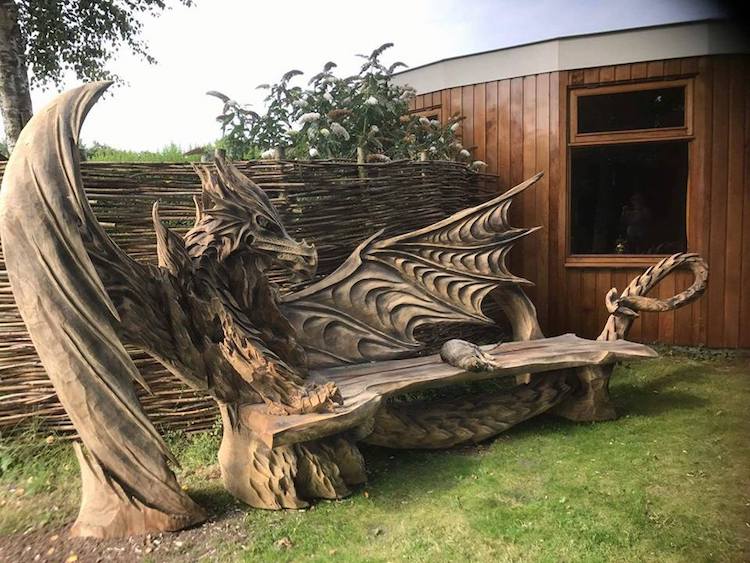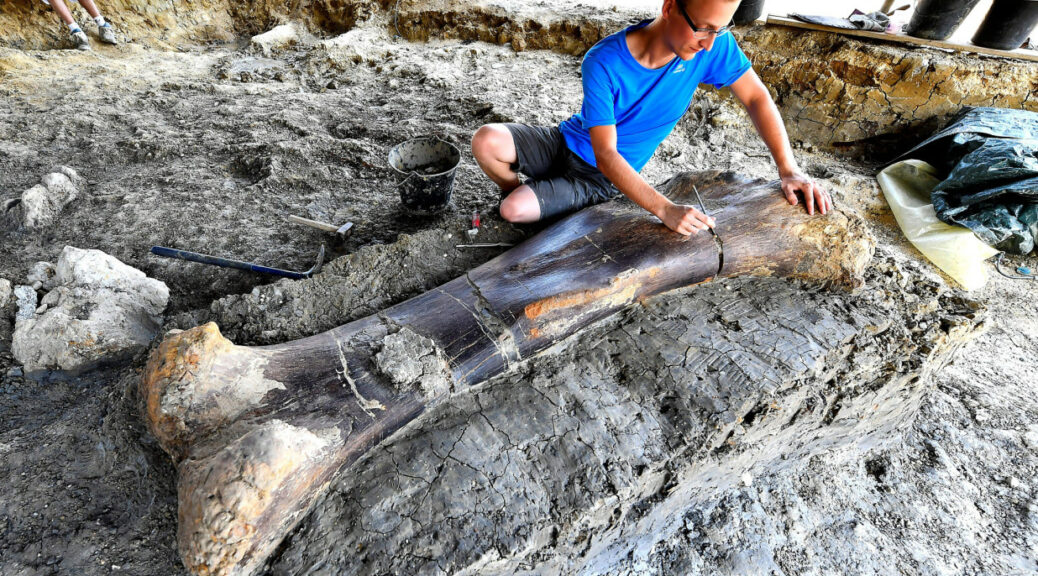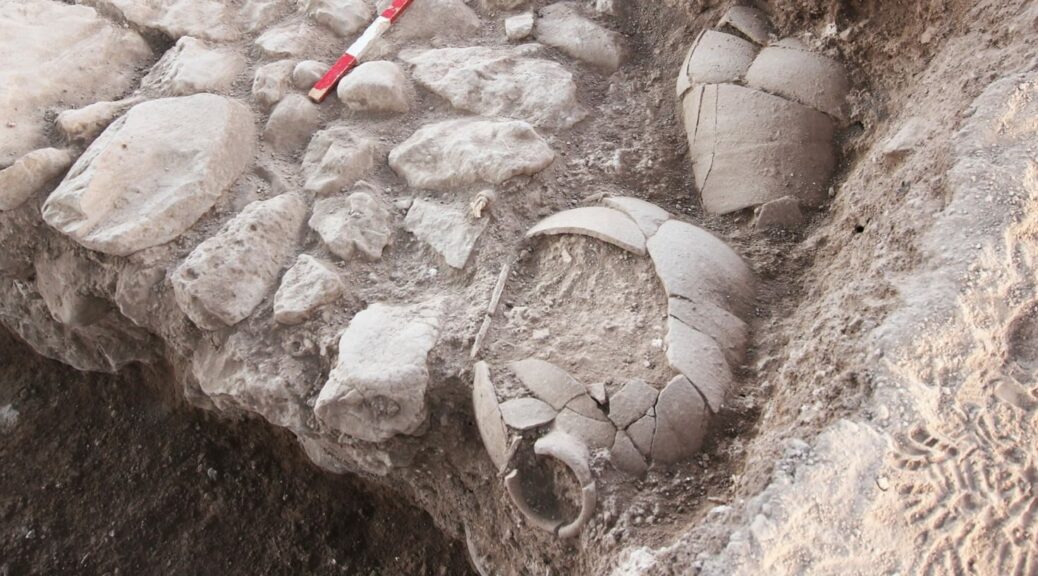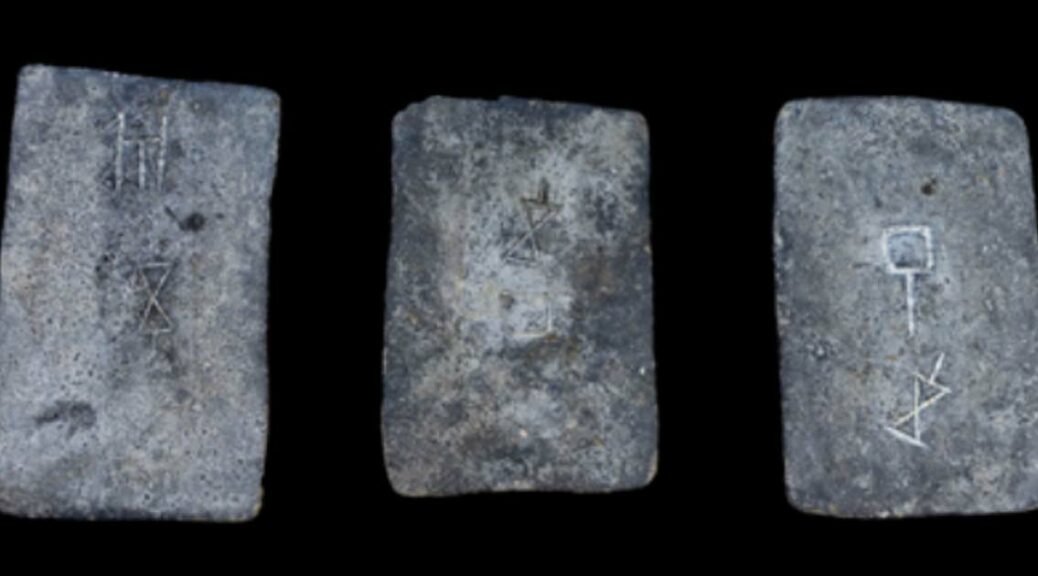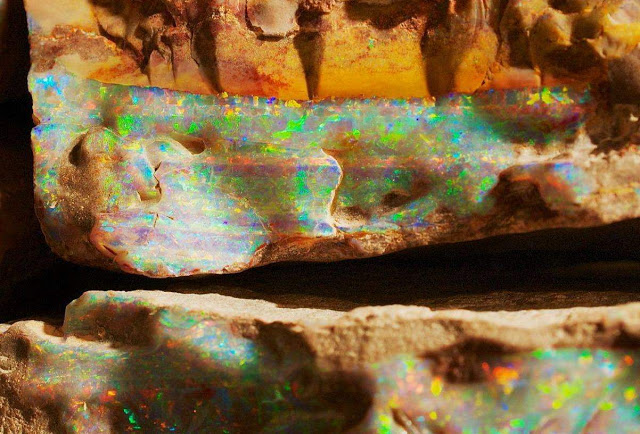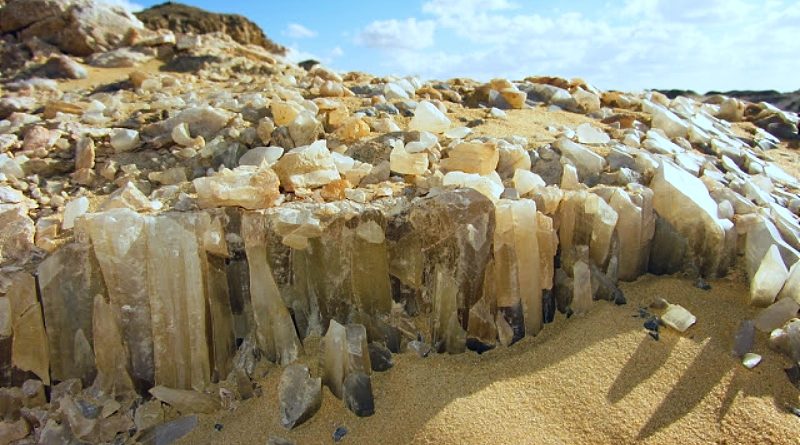This Fantastical Dragon Bench Was Carved Using A Chainsaw
Who would have thought that chainsaw can be used as an artist’s tool? Estonian artist Igor Loskutow is an award-winning master of chainsaw art.
Based in Germany, he’s part of the Husqvarna chainsaw sculpture team, which travels to events across Europe in order to show off their cutting skills.
One of Luskutow’s newest pieces, an incredible dragon bench, is a masterpiece of the art form.
Unlike chisels, knives, and gouges, chainsaws are more difficult to handle and operate (not to mention more dangerous too).
But you’ll be surprised to see what chainsaw sculpture can do. Take a look at this beautiful dragon bench. It’s fairly hard to believe but this elaborate sculpture is actually carved with a chainsaw.

Igor is a member of the Husqvarna chainsaw sculpture team that promotes the brand while showcasing their cutting skills.
Through their impressive wood sculptures, the team aims to advocate the use of chainsaw in the worlds of arts.
A chainsaw is no longer just a mere tool for cutting trees for construction. But it can also be used for creative crafts.
The team has various creations to show off but Igor’s dragon bench is undoubtedly the best among the collection.
You can see the artist’s incredible imagination and skills through his creation. With the sculpture’s realistic pair of wings, highly detailed facial features, and clear-cut tails, it’s certainly not just a bench. It’s a magnificent work of art.
Igor Loskutow uses a chainsaw to carve wooden sculptures such as this incredible dragon bench
Igor made this incredible dragon bench for a local butcher shop. But actually this is not his first dragon bench creation.
In 2017, he created a red-headed dragon bench by utilizing the same technique of using a chainsaw. Amazingly, the natural color of the red-tinged wood gave the dragon’s head a fiery hue.
It looks as if the dragon is about to breathe fire at any moment. Igor’s masterpiece is quickly earning fame right now. But he has been a prominent sculptor way back 2015 when he won the Huskycup World Title.

These behind the scenes images help us understand how the master carver uses the chainsaw to create a dragon bench.






